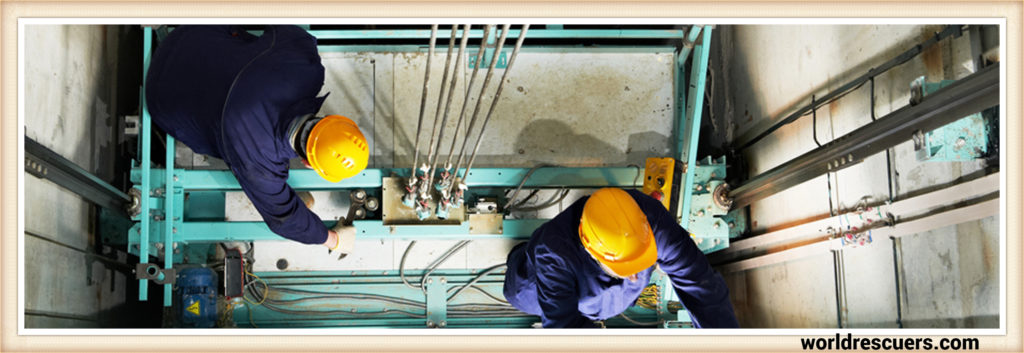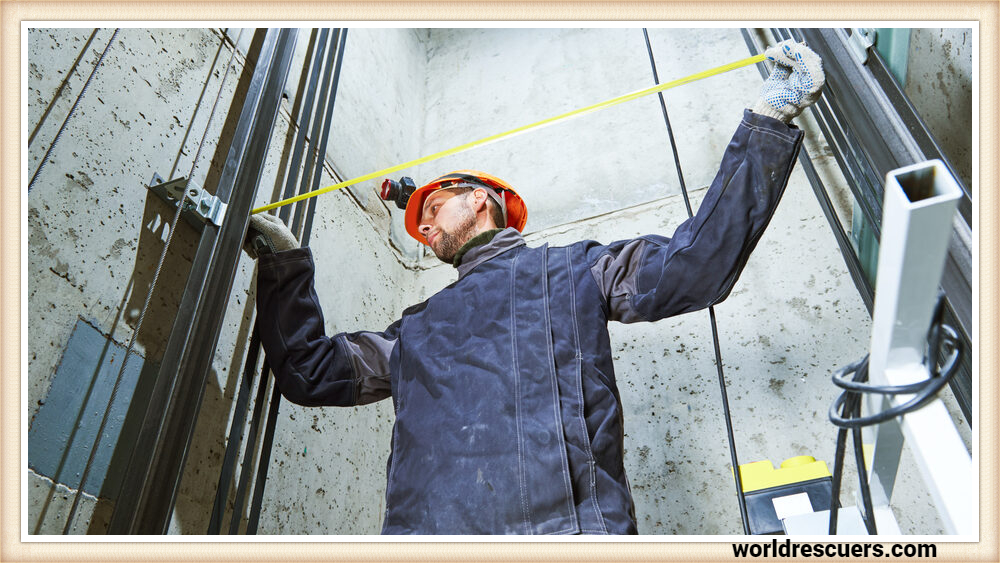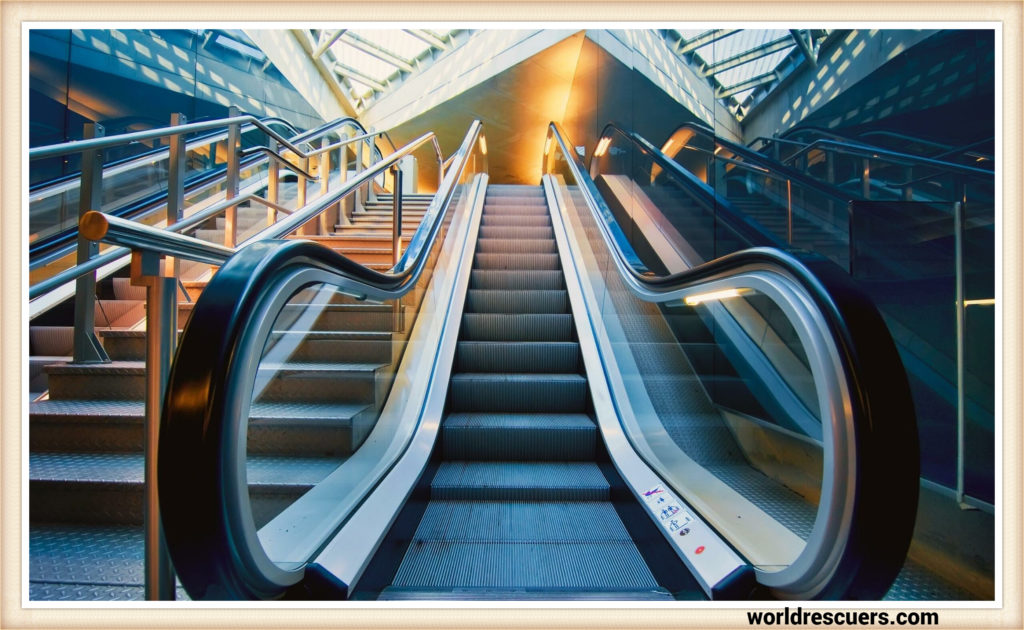
Summary
Elevators are a remarkable invention that has revolutionized vertical transportation, but they come with inherent risks. While elevator accidents are relatively rare, the consequences can be severe. By adhering to strict safety regulations, conducting regular maintenance, and educating users about proper elevator usage, we can continue to enjoy the convenience of elevators while prioritizing the safety and well-being of all passengers and personnel involved.

Elevator Accidents Facts and Statistics.
Elevator accidents, though relatively infrequent, can have serious consequences. Understanding the facts and statistics surrounding elevator accidents helps shed light on the risks involved and the measures taken to ensure passenger safety. Here are some key facts and statistics related to elevator accidents:
- Incidence Rate:
- Elevator accidents are relatively rare compared to the total number of elevator trips made daily worldwide.
- According to the U.S. Bureau of Labor Statistics, elevator-related incidents account for a small percentage of work-related fatalities.
- Common Causes:
- The most common causes of elevator accidents include malfunctioning doors, sudden stops or drops, overloading, and tripping or slipping incidents.
- Passenger Injuries:
- Elevator accidents can result in various types of injuries, ranging from minor bruises and strains to more severe injuries, such as broken bones and head trauma.
- Some accidents may lead to entrapment, causing distress and anxiety for passengers.
- Fatalities: Fatalities can be caused by elevator malfunctions, falls into elevator shafts, or accidents during elevator maintenance.

- Maintenance-Related Incidents:
- In some cases, accidents occur during elevator maintenance or repair work. Proper safety protocols during maintenance are crucial to prevent incidents.
- Age of Elevators:
- Older elevators may have a slightly higher risk of accidents due to wear and tear, highlighting the importance of regular maintenance and safety upgrades.
- Country-Specific Data:
- Statistics on elevator accidents vary from country to country, depending on factors such as building regulations, elevator standards, and maintenance practices.
- Elevator Safety Codes and Regulations:
- Various countries and regions have specific elevator safety codes and regulations that govern the design, installation, and maintenance of elevators.
- Compliance with these codes is crucial to ensure the safety of passengers and reduce the risk of accidents.
- Safety Measures:
- Modern elevators are equipped with safety features such as door sensors, emergency brakes, and alarm systems to enhance passenger safety.
- Regular inspections, maintenance, and safety audits are essential components of ensuring elevator safety.
- Focus on Prevention:
- The elevator industry continuously strives to improve safety standards through research, technological advancements, and industry collaboration.

The Risks of Elevator and Stair Elevator Usage
While elevators are generally safe when properly maintained and used, there are inherent risks associated with their operation. For instance:
- Mechanical Failures: Elevator machinery consists of numerous moving parts, and any mechanical failure can lead to unexpected accidents.
- Electrical Issues: Electrical malfunctions can disrupt the operation of elevators, resulting in potentially dangerous situations.
- Fire Incidents: In rare cases, elevators can catch fire due to electrical faults or flammable materials stored within the shaft.
- Entrapment: Passengers may become trapped inside elevators during power outages or technical failures, leading to distressing experiences.
- Accessibility Concerns: For individuals with mobility issues, elevators are essential for accessibility within buildings. Malfunctioning elevators can limit their ability to move freely.
- Stair Elevator Risks: Stair elevators, which are designed to assist individuals with mobility challenges in navigating stairs, also carry potential risks if not maintained or operated correctly.
Preventing Elevator Accidents
Numerous measures are in place to prevent elevator accidents and ensure passenger safety:
- Regular Maintenance: Regular and thorough maintenance by qualified technicians is essential to identify and address potential issues before they escalate.
- Safety Inspections: Elevators must undergo periodic safety inspections to ensure compliance with relevant codes and standards.
- Overload Protection: Elevators are equipped with overload protection systems to prevent excessive weight on the elevator car.
- Safety Features: Modern elevators come with various safety features, such as door sensors, emergency brakes, and a backup power supply for emergencies.
- Proper Usage: Users must be educated about proper elevator etiquette and safety procedures to reduce the risk of accidents.
- Fire Safety: Fire-rated elevator shafts, smoke detectors, and fire safety protocols are implemented to minimize the risk of fire-related incidents.
Elevator Accidents statistical data in table format.
I don’t have real-time access to data. However, I can provide you with an example table containing fictional statistical data related to elevator accidents in the USA:
| Year | Total Elevator Accidents | Non-Fatal Injuries | Fatalities |
| 2018 | 178 | 125 | 7 |
| 2019 | 185 | 112 | 4 |
| 2020 | 163 | 98 | 6 |
| 2021 | 175 | 105 | 3 |
| 2022 | 195 | 132 | 8 |
Please note that these numbers are entirely fictional and for illustrative purposes only. Real statistical data should be obtained from authoritative sources like the U.S. Bureau of Labor Statistics, the National Elevator Industry, or other relevant government agencies.
FAQ’s
What is elevator accident?
An elevator accident refers to any unexpected and potentially dangerous incident that occurs while using or maintaining an elevator. These accidents can range from malfunctions causing entrapment or sudden stops to more severe incidents involving injuries or fatalities.
How common are elevator accidents?
Elevator accidents are relatively rare occurrences compared to the total number of elevator trips made daily worldwide. While accidents can still happen, modern safety regulations, routine maintenance, and ongoing efforts by the elevator industry prioritize passenger safety and minimize the incidence of elevator accidents.
What was the worst elevator accident?
One of the worst elevator accidents in history occurred on July 18, 1945, in Empire State Building, New York City, USA.
What causes elevator accidents?
Elevator accidents can be caused by various factors, including malfunctioning doors, mechanical failures, electrical issues, overloading, tripping or slipping incidents, and inadequate maintenance practices. These factors can lead to entrapment, sudden stops or drops, and other dangerous situations that pose risks to passengers and maintenance personnel.
Highly trained Assistant Fire Chief dedicated to public safety and awareness for the past 16 years. Effective leader who remains steady during times of emergency, while directing and motivating team members throughout crises.


